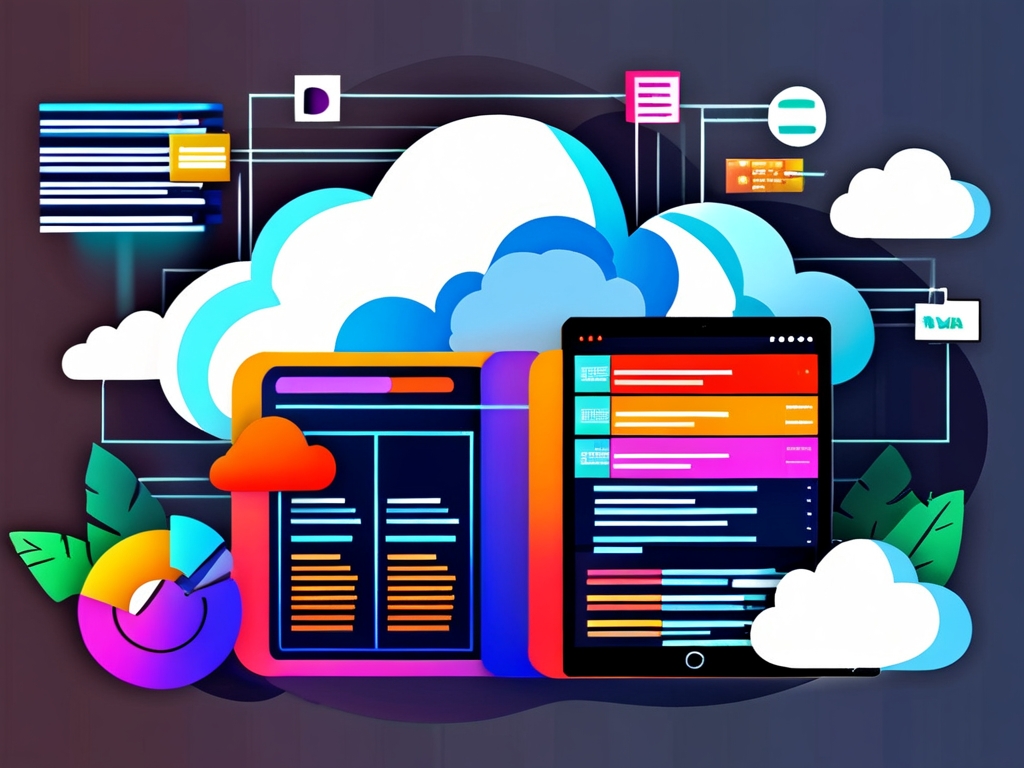In the era of cloud computing, developers increasingly rely on cloud-based tools and platforms to build, deploy, and manage applications. However, one common frustration arises when cloud development environments fail to connect to databases. This issue can halt workflows, delay projects, and lead to significant downtime. In this article, we explore the root causes behind "why cloud development can't open the database" and provide actionable solutions to resolve these challenges.
1. Permissions and Authentication Errors
A primary reason for database connectivity failures in cloud development is misconfigured permissions. Cloud databases, such as AWS RDS, Google Cloud SQL, or Azure SQL, require precise access controls. Developers often encounter issues when:
- IAM roles are improperly assigned: Cloud platforms use Identity and Access Management (IAM) to regulate permissions. If the service account or user role lacks database access privileges, connection attempts will fail.
- Database credentials are outdated or incorrect: Typos in usernames, passwords, or connection strings are common culprits.
- Network-level restrictions: Security groups or firewall rules might block inbound/outbound traffic to the database port (e.g., 3306 for MySQL, 5432 for PostgreSQL).
Solution: Double-check IAM policies, ensure credentials are valid, and verify that security groups allow traffic from the cloud development environment’s IP range.
2. Network Configuration Issues
Cloud databases often reside in isolated virtual private clouds (VPCs) or subnets. Connectivity problems arise when:
- The development environment and database are in different networks: For example, a local development machine trying to access a private cloud database without a VPN or bastion host.
- DNS resolution failures: Incorrectly configured domain names or endpoints can prevent the application from locating the database.
- Latency or timeout errors: High network latency or restrictive timeout settings in the application code may cause premature connection failures.
Solution: Use VPC peering, configure a VPN, or deploy the development environment within the same network as the database. Validate DNS settings and adjust connection timeouts in the code.
3. Resource Limitations and Scaling Problems
Cloud databases are subject to resource constraints. For instance:

- Storage capacity exceeded: A full disk will prevent new writes or connections.
- CPU/memory overutilization: Heavy workloads can throttle database performance, making it unresponsive.
- Connection limits: Databases like PostgreSQL impose a maximum number of concurrent connections. Exceeding this limit blocks new requests.
Solution: Monitor resource usage via cloud provider dashboards, scale up database instances, or optimize queries to reduce load. Implement connection pooling to manage concurrent requests efficiently.
4. Code and Dependency Issues
Bugs in application code or outdated dependencies can also disrupt database connectivity. Examples include:
- Incompatible database drivers: Using an outdated or mismatched driver for your database (e.g., JDBC for MySQL) may cause connection failures.
- Misconfigured ORM frameworks: Tools like SQLAlchemy or Hibernate require precise configuration for cloud databases.
- Hardcoded credentials or endpoints: Failing to use environment variables for cloud deployments can lead to configuration mismatches.
Solution: Update dependencies, test drivers, and use cloud-native secrets management tools (e.g., AWS Secrets Manager) to handle credentials securely.
5. Third-Party Service Outages
Cloud development often integrates with managed database services. If the provider experiences an outage—such as AWS Aurora or MongoDB Atlas—your application will lose connectivity. While rare, such incidents require contingency plans.
Solution: Enable multi-region deployments, set up failover databases, and subscribe to your provider’s status dashboard for real-time updates.

6. Debugging and Logging Strategies
When troubleshooting, leverage cloud-native logging tools:
- CloudWatch Logs (AWS): Monitor database connection attempts and errors.
- Stackdriver (Google Cloud): Analyze query performance and network traffic.
- Application Insights (Azure): Trace end-to-end transaction flows to identify bottlenecks.
Database connectivity issues in cloud development stem from a mix of misconfigurations, resource limits, and external dependencies. By systematically addressing permissions, network settings, code quality, and monitoring practices, developers can minimize downtime and ensure seamless database access. Always test configurations in staging environments before deployment and adopt infrastructure-as-code (IaC) tools like Terraform to maintain consistency across cloud resources.
Proactive monitoring, thorough documentation, and collaboration with DevOps teams are key to resolving and preventing these challenges in cloud-native workflows.





